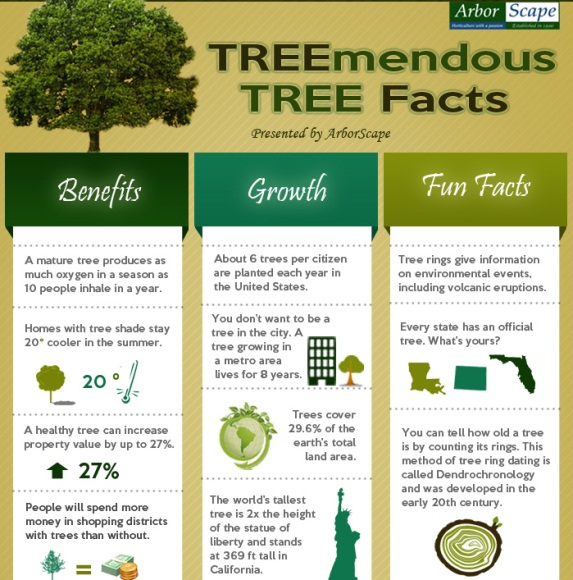Indication For Tree Removal: Just How To Find Unsafe Trees
Indication For Tree Removal: Just How To Find Unsafe Trees
Blog Article
Developed By-Harrell Cormier
When it comes to tree treatment, recognizing the indications that it's time for elimination is vital for your safety and residential or commercial property. please click the following article may notice discolored leaves, wilting branches, or weird fungal growths indicating illness. Architectural problems, like a considerable lean or fractures in the trunk, can additionally present risks. Understanding these warning signs can aid you make notified choices regarding your trees and prevent prospective risks lurking in your backyard. What should you search for next?
Signs of Decay and Condition
When you see signs of decay and disease in your trees, it's critical to act quickly. Seek stained leaves, wilting branches, or uncommon growths like fungi. https://docs.google.com/document/d/13mlffdsVdrcn7kqOU9lLpxH2eJGoFMSpS12voD0azHI/edit?usp=sharing can suggest that your tree is battling.
If you see cracks in the bark or soft, mushy wood, these symptoms recommend interior decay. Furthermore, an abrupt rise in pests around your tree can signal that it's weakened and susceptible.
Check for any dead or passing away limbs, as they pose a threat to your residential or commercial property and safety. If you doubt concerning what you see, consulting an arborist can give clarity.
Dealing with these signs early can save you from more extensive damage and guarantee the wellness of your backyard. Don't wait till it's too late.
Structural Instability and Leaning
As you observe your trees, watch out for any kind of indications of structural instability or leaning. If a tree leans dramatically, it may show that the root system is endangered.
Try to find any splits in the trunk or soil around the base; these can indicate potential failure. In addition, look for unusual growth patterns, like a lopsided crown, which may recommend that the tree is having a hard time to hold itself upright.
If you notice that the tree favors your home, high-voltage line, or other structures, it postures a greater danger. Don't neglect these signs-- speak with an arborist to examine the circumstance.
Doing something about it early can stop pricey damages and ensure your safety.
Dead or Dying Branches and Vegetation
If you notice dead or passing away branches and vegetation on your tree, it's a clear sign that something's wrong.
These undesirable locations can suggest underlying issues like illness, insect problems, or ecological stress. When branches lose their leaves or turn brown, they're no more contributing to the tree's health. Overlooking these indicators could cause further decrease, making your tree more dangerous.
Dead branches can conveniently break off throughout storms, posturing a threat to residential property and people nearby. It's important to examine the extent of the damages.
If the issue impacts a considerable part of the tree, take into consideration seeking advice from an expert. They can assist determine if removal is required to ensure safety and security and preserve the appeal of your landscape.
Final thought
If you observe any kind of signs of decay, architectural instability, or dead branches on your trees, don't neglect them. These indications can posture severe safety and security dangers to you and your building. It's constantly best to speak with a professional arborist who can supply a professional evaluation of your trees. Acting early can stop crashes and expensive damages, ensuring your landscape remains risk-free and healthy and balanced. Remember, it's much better to be positive concerning tree care than to wait on a disaster to happen.
